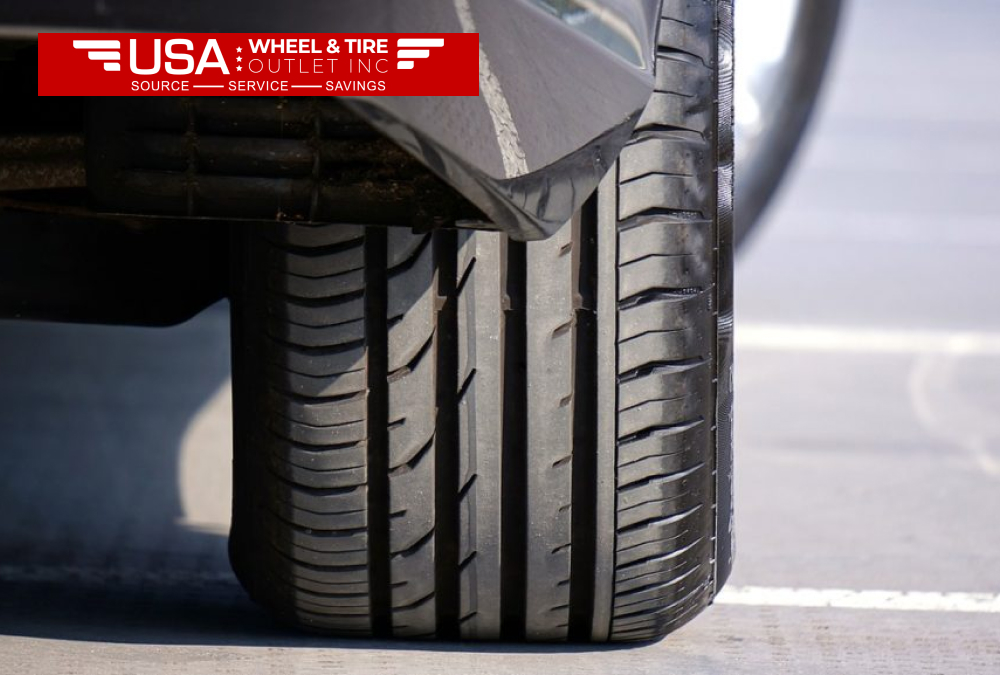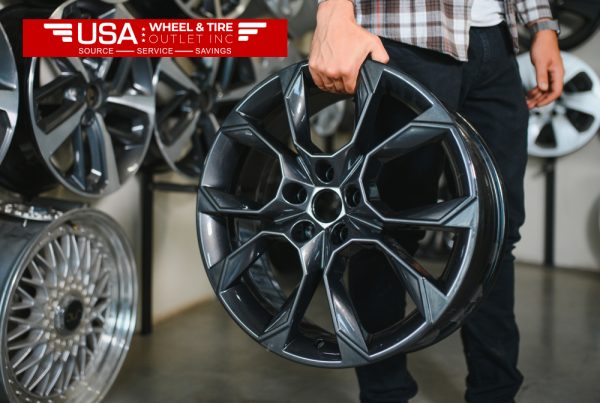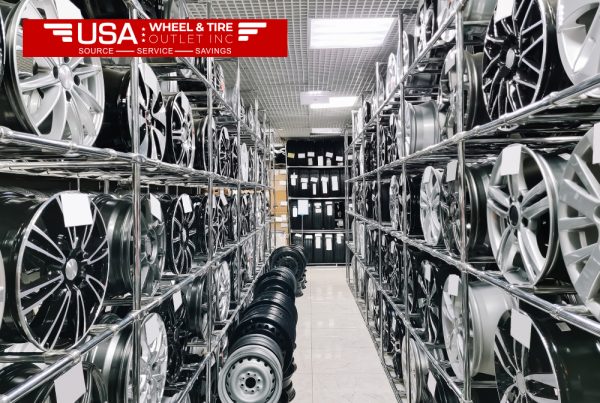Tires are definitely part of your vehicle’s performance and safety. It will save you money, enhance fuel efficiency, and prolong the life of the tire if it is taken good care of. Here, we’ll discuss a few of the most important tips on how to keep tires in good condition, ensuring a smooth and safe drive.
1. Maintain Correct Tire Pressure
One of the most basic steps in ensuring that the tires last the longest possible is to inflate to the right amount of tire pressure. Under- and over-inflation will both cause problems. When under-inflated, rolling resistance is increased, resulting in more wear and tear. On the other hand, over-inflation makes the tire stiff and causes uneven wear.
Do this:
For this, you are expected to keep the pressure recommended by the manufacturer of your car. If you cannot find the right pressure in the owner’s manual, you may also consult the door placard.
Correct pressure would raise lifespan, add fuel economy, and vehicle safety.
2. Maintain Tire Rotation
The rotation of tires will help to have the four tires uniformly worn out. The front and back tires are subjected to stresses differentially, for example, by steering or braking, thus being prone to wear out more on one side than the other. Regular rotation every 5,000-7,500 miles will somewhat balance this wear factor.
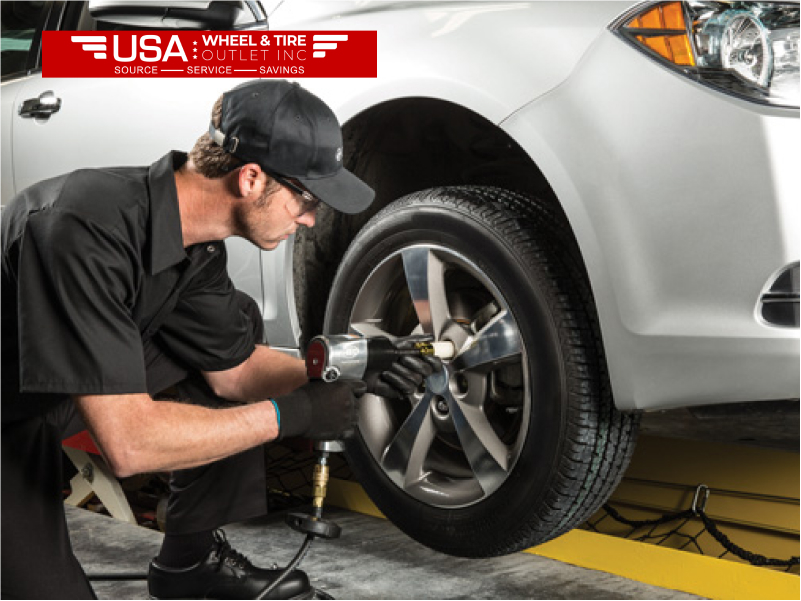
This service:
Make sure you seek your car’s specific recommended pattern, or else ask a professional to guide you.
3. Check for Proper Wheel Alignment
Misaligned wheels result in uneven tire wear and faster tread deterioration. You might not even realize your car is out of alignment, but that can be something that occurs from driving over some potholes or hitting curbs.
Symptoms of misalignment include:
Should you get any of these signs, take your car for a wheel alignment check and avoid unnecessary tire wear.
4. Check Tire Tread Depth
Your tires treads help you get grip and traction in the roadways. Under-inflated or worn-out tires can be dangerous to drive in, especially when the weather outside is wet or snowy. One simple and fast method of checking tread depth is the penny test:
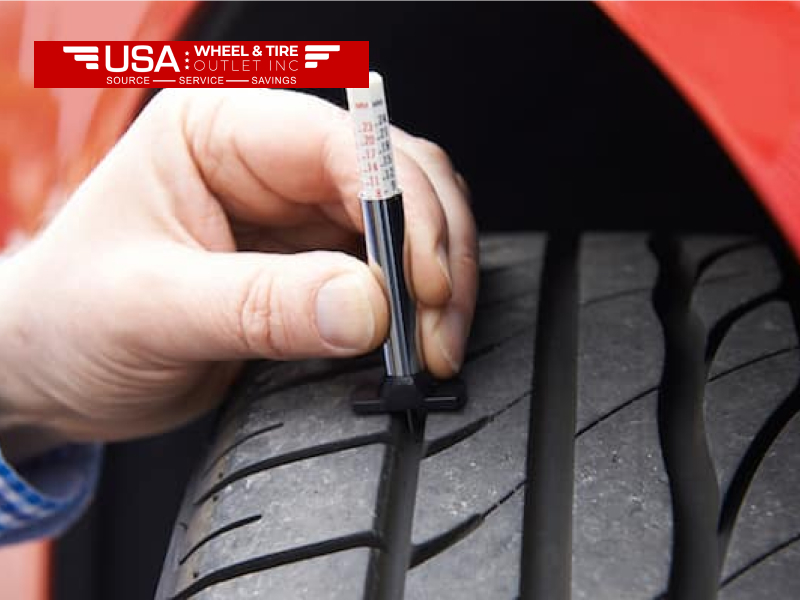
Put a penny into your tire’s tread groove with Lincoln’s head facing down.
If you see the top of Lincoln’s head, then your tread is too low, and you should replace your tires.
Monitoring the tread depth will make you be able to drive very safely and evade skidding on a wet road.
5. Do Not Overload Your Vehicle
Overloading your vehicle will cause pressure on your tires. It does faster degradation as well as a much higher likelihood of possible blowout. Ask to see the gross weight limit in the owner’s manual, then avoid overloading while carrying heavy cargo.
Overloading can lead to:
6. Balance Your Tires
IN According to USA Wheel & Tires, Balancing your tires is the first step to having an avoidance of uneven tire wear. When your tires aren’t balanced, they produce vibrations and uneven stress that affect handling, and you might need to replace them sooner than you need to.
You should balance your tires every time you install or replace them, and if you feel any kind of vibration while driving, it might be time to have your tires balanced.
7. Check Tires for Damage
Regular checks determine if there is any form of damage in the tires such as cuts, cracks, or punctures. A small object lodged in your tire may eventually cause a slow leak or worse, have a blowout if not checked over time.
Check for:
If you discover a blemish, ensure that a professional checks and improves or replaces the tire right away so you don’t get yourself exposed to harm.
8. Proper Tire Storage
If you commute between seasonal tires, proper storage of your unused tires will keep them in fine condition. Store them in a cool, dry place away from direct sunlight and the harsh weather.
Some tips on how to store your tires properly:
Conclusion
Proper tire maintenance will give your vehicle the longest life span, make your vehicle roadworthy, and afford you the best performance of your vehicle. With these simple tips on checking tire pressure, rotating your tires, and measuring tread depth, premature wear and costly repairs can be prevented. A smoother, safer ride can be ensured, whether it’s to work each day or an across-town road trip.
The investment into proper tire maintenance will ensure better fuel efficiency, improving the handling of your automobile and creating a better overall safety for passengers.
Read Also: Best ATV Street Tires for Smooth Rides
FAQs
1. How frequent would I check my tire pressure?
You have to check your tire pressure once a month at least and before long drives. Adequate tire pressure ensures better fuel efficiency, safety, and the tires will also last longer.
2. How often should I rotate my tire?
Rotating the tires is recommended every 5,000 to 7,500 miles. It’s already gauged on your car, and how you drive. Routinely, this will avoid uneven wear.
3. How low is the minimum tread depth for safe driving?
Tires have to be of tread depth of 2/32 inches. It is the point where they should be replaced for safe driving.
4. How would I determine that my tires have gone out of balance?
Some key signs of an unbalanced tire would include vibration of the vehicle while moving, uneven wear, and a wobbly steering wheel. In case you happen to be feeling any of these symptoms, get them checked and balanced by a professional.
5. Is overloading my vehicle bad for my tires?
Yes, overloading could put too much stress on your vehicle’s tires, which may cause faster wear, heat buildup and maybe even a blowout. Always follow your recommended load capacity for your vehicle.

